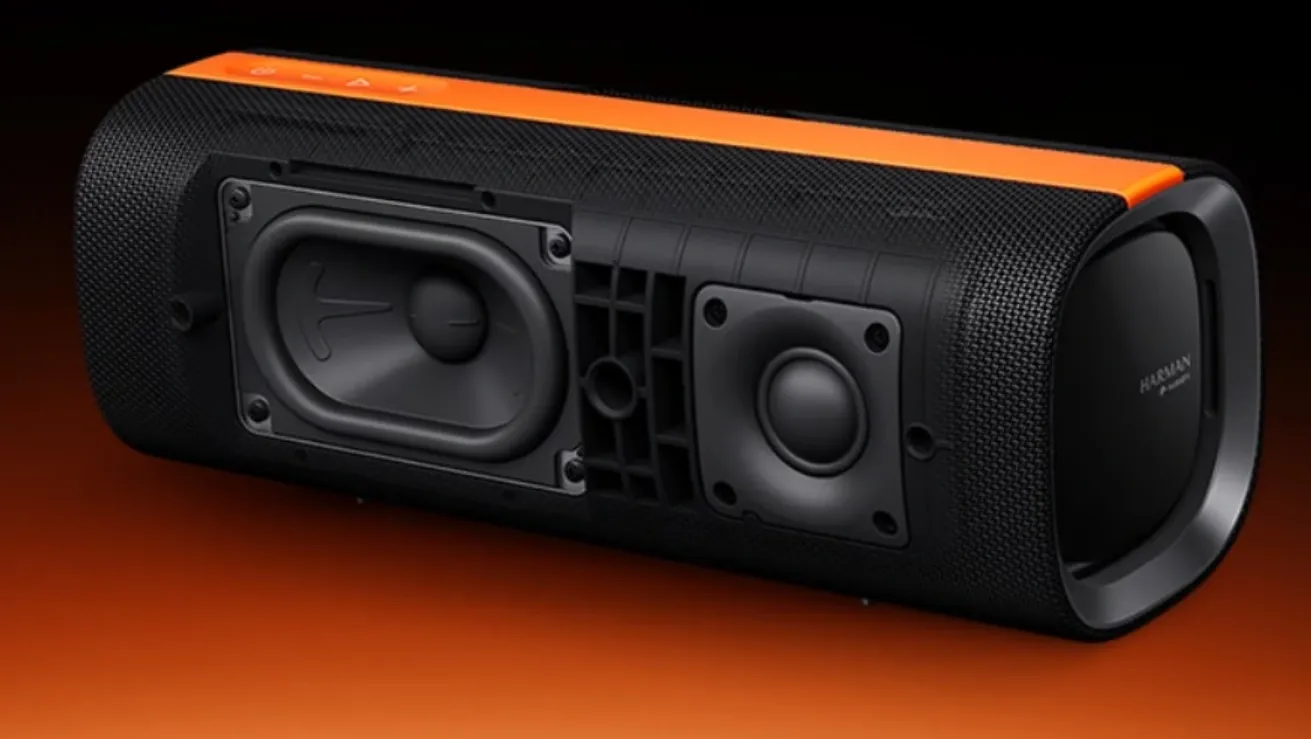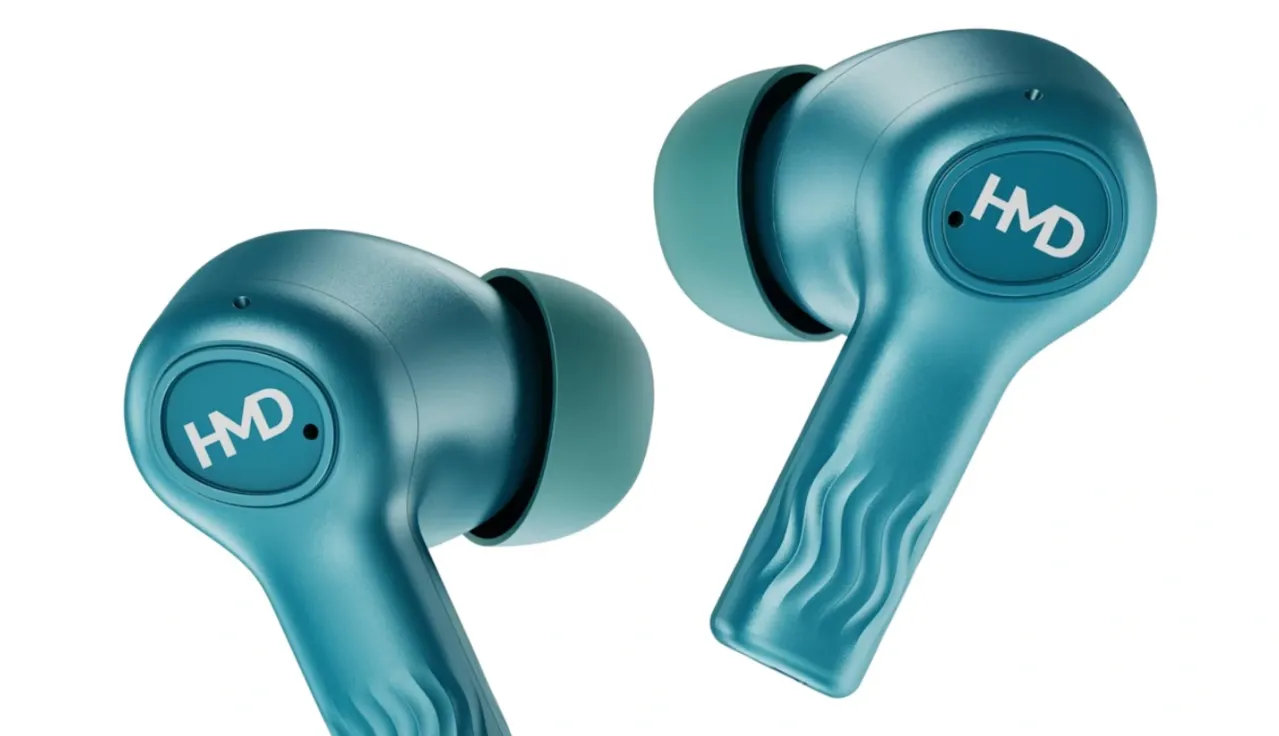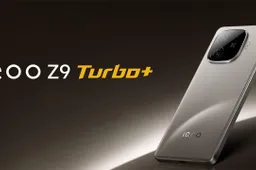ByteDance's $2 Billion Move from Nvidia to TSMC for AI GPU Production
TechTuesday, 24 September 2024 at 15:53
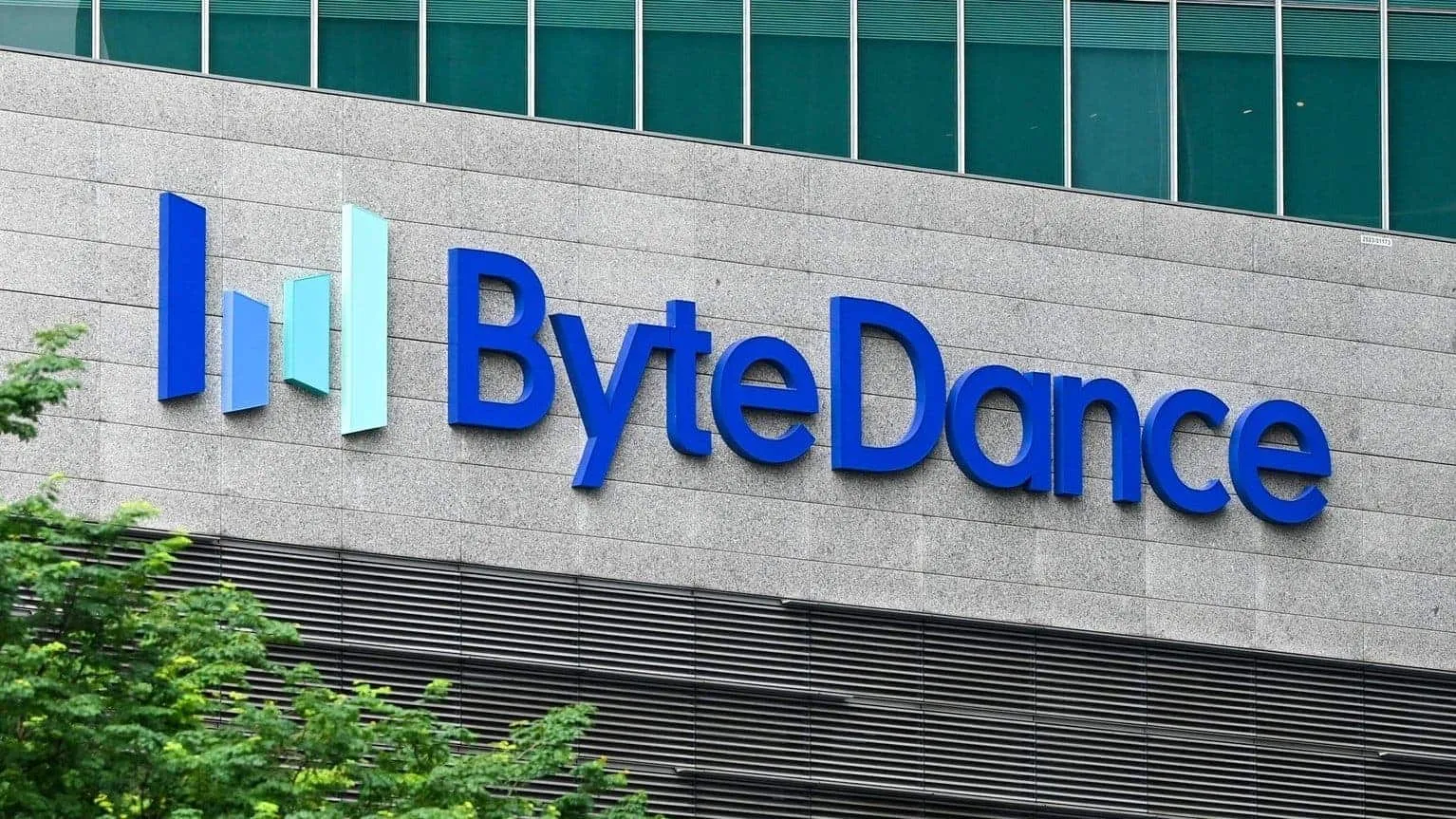
ByteDance, the company that owns TikTok, is working on two AI GPUs. These GPUs will be ready for mass production by 2026. According to The Information, ByteDance wants to rely less on Nvidia for AI hardware and follow U.S. export rules. TSMC, a top chip maker, will produce the GPUs using advanced N4 or N5 technology.
ByteDance uses many Nvidia GPUs for its AI projects. This year, the company spent over $2 billion on about 200,000 Nvidia H20 GPUs, costing around $10,000 each. Most of these GPUs have not yet been delivered. The high cost and limited supply are pushing ByteDance to create its own chips. By making its own GPUs, ByteDance hopes to save money and have more control over its AI hardware.
Two AI GPUs for Different Tasks
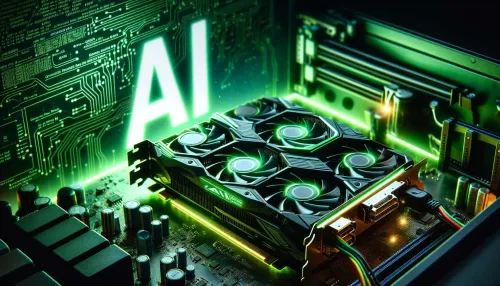
ByteDance plans to build two types of AI GPUs. One will focus on AI training, while the other will handle AI inference. AI training involves teaching a machine-learning model using large datasets. AI inference uses the trained model to make predictions in real-time, such as TikTok’s content recommendations.
Broadcom, a company experienced in AI chip design, will help ByteDance create these GPUs. The chips will be made using TSMC’s advanced N4 or N5 technology, similar to what is used for Nvidia’s Blackwell GPUs. These high-tech chips will perform well while using less power, making them suitable for ByteDance’s AI needs.
However, ByteDance’s GPUs will likely be less powerful than Nvidia’s H100 due to U.S. export restrictions. Even so, ByteDance could save money and reduce its dependence on Nvidia’s hardware by producing its own AI GPUs.
Challenges with Software and Competition
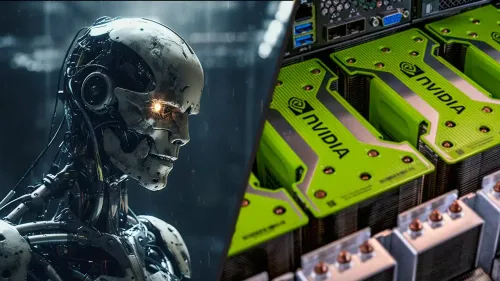
While building its own GPUs is a bold move, ByteDance faces software challenges. Right now, the company depends on Nvidia’s CUDA software to run its AI systems. CUDA helps developers use Nvidia’s GPUs for tasks like machine learning. If ByteDance switches to its own GPUs, it will need to create a new software platform that works with its chips.
Other Chinese companies, like Huawei, have tried developing their own AI GPUs, but they still rely on Nvidia’s hardware for many tasks. ByteDance may follow a similar path, using its own GPUs for certain workloads while still using Nvidia’s for more demanding tasks.
Nvidia Still Leads

Nvidia remains the leader in AI hardware. Even with U.S. export restrictions, Nvidia’s H20 GPU is in high demand in China. The H20 is a stripped-down version of Nvidia’s H100 GPU but still offers strong performance. It features 96 GB of memory, fast memory bandwidth, and the ability to connect eight GPUs. Nvidia expects to ship over one million H20 units to Chinese companies this year, generating more than $12 billion in revenue. This is almost double what Huawei plans to make from its AI GPUs next year.
Although many companies are trying to develop their own AI GPUs, Nvidia’s products still dominate the market. ByteDance’s move to build its own GPUs is a major step, but the company will need time to compete with Nvidia. Developing a strong software platform and ensuring their chips work well for various AI tasks will be key. If ByteDance succeeds, it could change the AI hardware market, especially in China where the demand for AI chips is growing fast.
How will this Move by ByteDance Impact the Market?
ByteDance's decision to develop its own AI GPUs could have a significant impact on the GPU market, especially in China. Here are some potential influences:
Increased Competition: The entry of ByteDance as a major player in the AI GPU market could intensify competition among chip manufacturers. This could lead to lower prices, faster innovation, and improved product offerings for consumers.
Reduced Dependence on Nvidia: ByteDance's move could reduce the dependence of Chinese companies on Nvidia for AI hardware. This could help to diversify the supply chain and mitigate the risks associated with relying on a single supplier.
Increased Innovation: By investing in its own AI GPU development, ByteDance could drive innovation in the field of AI hardware. This could lead to new technologies and capabilities that benefit the broader AI community.
Potential Challenges: As we have stated earlier, ByteDance faces significant challenges in its quest to compete with Nvidia. It will need to invest heavily in research and development, build a strong software ecosystem, and overcome the technical hurdles associated with designing and manufacturing high-performance AI GPUs. AI is quickly taking control over the world of technology and this leaves more room for new companies coming into the AI space. In the near future, we will have several other companies venturing into the AI GPU chips which will make the competition even tougher for ByteDance.
Overall, ByteDance's move to develop its own AI GPUs is a bold one with the potential to reshape the landscape of the AI hardware market. If successful, it could lead to increased competition, reduced dependence on foreign suppliers, and accelerated innovation in the field of AI.
Conclusion
ByteDance is making its own AI GPUs to reduce its dependence on Nvidia. This is a big move for the company, but it will be challenging. ByteDance will need to create a new software platform and compete with Nvidia, which is the leader in AI hardware. If ByteDance succeeds, it could change the AI hardware market, especially in China.
ByteDance's AI GPUs will be ready for mass production by 2026. These GPUs will be used for AI training and inference. ByteDance will use TSMC's advanced N4 or N5 technology to make these GPUs. The company hopes to save money and have more control over its AI hardware by making its own GPUs.
Loading
